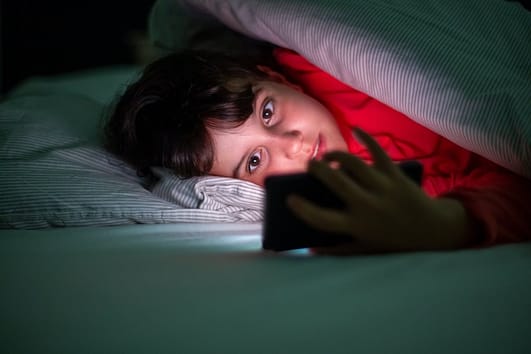
Have you ever felt blind-sided with unwholesome content in a movie you just sat down as a family to watch? Or have you given permission to your child to watch a movie you thought was harmless only to hear about themes in the movie you wished they hadn’t been exposed to for another decade? Well, if you’ve felt this way, you’re not alone!
This is why I love the non-profit organization Common Sense Media!
Common Sense Media
Common Sense Media provides reviews on most popular movies, TV shows, and even video games. Reviews are provided by both parents and kids helping provide multiple perspectives. I especially like the detailed ratings indicating the level of language, sexual content, violence, drug or alcohol references present in a movie or TV show. It’s so helpful to have this reference point!
So, when my children come to me with a movie they would like to watch that I haven’t seen before, I go to commonsensemedia.org. I look over the general reviews about the movie and I dig into the details. While I don’t give my children a free pass to all the media recommended by Common Sense reviews, I really appreciate the valuable reference point Common Sense Media provides!
A Key Question
When it comes to TV shows my kiddos watch, I like ask myself, “is this show demonstrating attitudes and behavior that I want my children to model?” I like to take this question into account for all the media my kids engage with, but I feel this is especially important when it comes to TV shows. Unlike a movie, TV shows account for a lot of viewing hours overtime. If a TV show is full of rude, disrespectful, or violent behavior portrayed by the main characters; children will inevitably pick up on these behaviors because they are seeing this behavior modeled day after day. Because of this, I believe it worth our effort to be very selective about what TV shows our children do or do not watch.
Our Perspective is Vital
Since each child’s needs and personality are different, I don’t believe any rating or review system is adequate to make media content decisions for us. As the parents and guardians of our children, we are in the best position to make media choices for our children that will be the most beneficial for their well-being and their future. As our children grow and become tweens and teens, they will need our support and guidance to safely and successfully navigate the jungle of digital media available to them. I believe that, as parents, we give our children the best chance of an empowered tomorrow when we take an active role in guiding them in their media choices.
P.S. I would love it if you shared your tips and insights on this topic in the comments below.
Photo by Todd Trapani on Pexels.com







